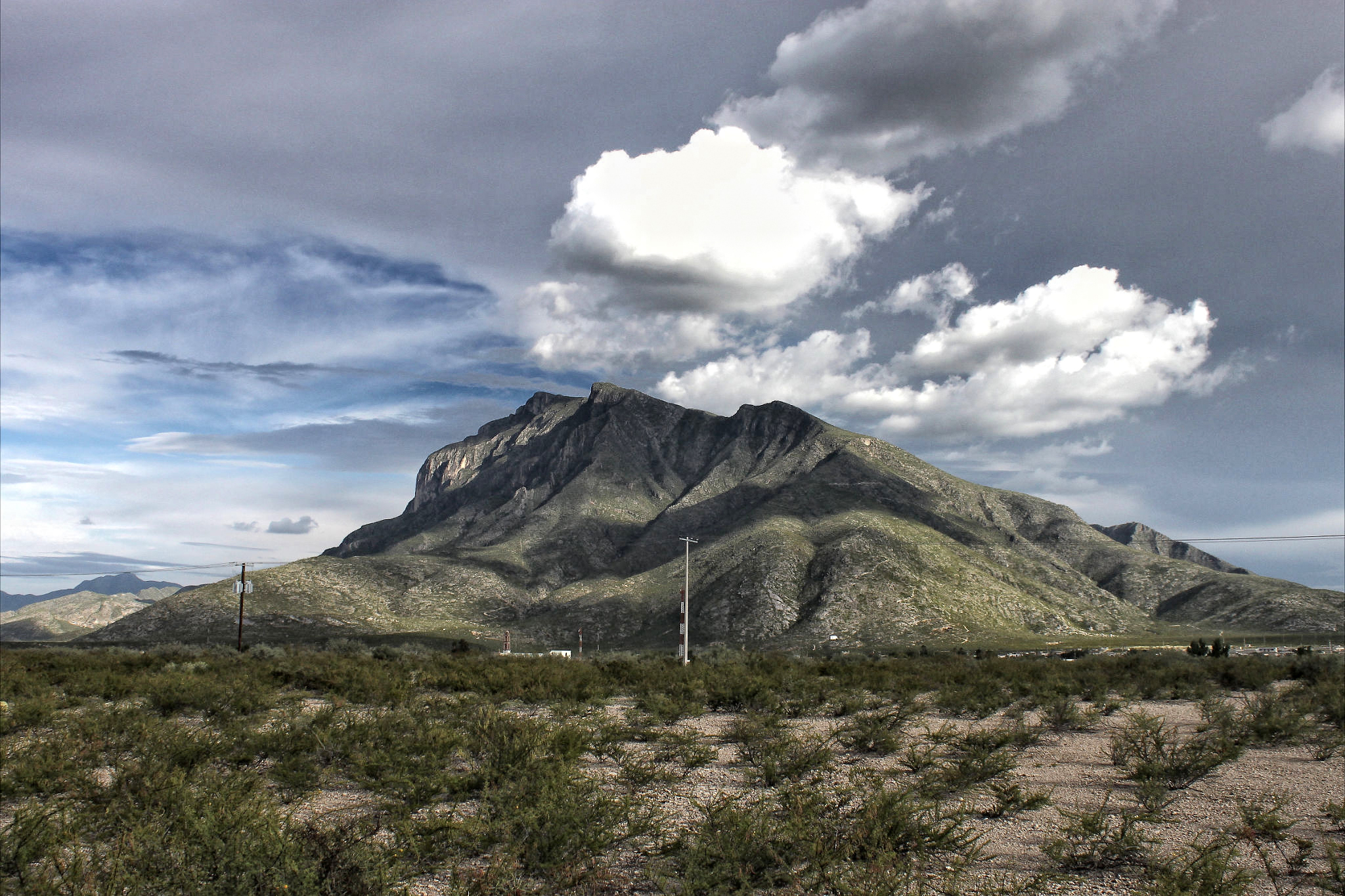Mapimí, Durango on:
[Wikipedia]
[Google]
[Amazon]
Mapimí () is a city and municipal seat of the Mapimí Municipality in the Ojuela Mine, Mapimí, Durango
/ref>
 Mapimí is located in the
Mapimí is located in the

Municipality of Mapimí
(on official site of the State of Durango) {{DEFAULTSORT:Mapimi, Durango
Populated places in Durango
Populated places established in 1598
Pueblos Mágicos
{{DEFAULTSORT:Mapimi, Durango
Populated places in Durango
Populated places established in 1598
Pueblos Mágicos
Mexican state
The states of Mexico are first-level administrative territorial entities of the country of Mexico, which is officially named United Mexican States. There are 32 federal entities in Mexico (31 states and the capital, Mexico City, as a separate ent ...
of Durango
Durango (), officially named Estado Libre y Soberano de Durango ( en, Free and Sovereign State of Durango; Tepehuán: ''Korian''; Nahuatl: ''Tepēhuahcān''), is one of the 31 states which make up the 32 Federal Entities of Mexico, situated i ...
.
As of 2015, the town of Mapimí had a population of 5,623. The Ojuela Mine, about southeast of Mapimí, is a famous locality for mineral specimens, especially adamite
Adamite is a zinc arsenate hydroxide mineral, Zn2 As O4O H. It is a mineral that typically occurs in the oxidized or weathered zone above zinc ore occurrences. Pure adamite is colorless, but usually it possess yellow color due to Fe compoun ...
./ref>
History
When the Spanish first arrived in the Mapimí area in the late 16th century, nomadic and semi-nomadic Native Americans such as the Tepehuan,Tobosos
The Toboso people were an indigenous group of what is today northern Mexico, living in the modern states of Chihuahua and Coahuila and along the middle reaches of the Conchos River as well as in the Bolsón de Mapimí region. They were associate ...
, and Cocoyones were the inhabitants.Griffen, William B. (1969), ''Culture Change and Shifting Populations in Central Northern Mexico,'' Tucson: University of Arizona Press, pp 75-76. Mapimi was founded on July 25, 1598 by Agustin de Espinoza, a Jesuit priest, and Captain Antón de Zapata, a soldier. The settlement was named Santiago de Mapimí. The name derives from the Cocoyones who called the area "Mapeme," meaning "high mountain." As with most early settlements in Northern Mexico, the abundant minerals in the area were the attraction for settlers.
The Toboso and other Indian groups began raiding in the Mapimí area and participated in wars against Spanish settlements in 1644, 1667, and 1684. Most of the Indians were absorbed into the Spanish population in the 18th century.
Geography
 Mapimí is located in the
Mapimí is located in the Bolsón de Mapimí
The Bolsón de Mapimí is an endorheic, or internal drainage, basin in which no rivers or streams drain to the sea, but rather toward the center of the basin, often terminating in swamps and ephemeral lakes. It is located in the center-north of ...
, a large area of desert and mountains in interior northern Mexico. The Bolsón is an endorheic basin
An endorheic basin (; also spelled endoreic basin or endorreic basin) is a drainage basin that normally retains water and allows no outflow to other external bodies of water, such as rivers or oceans, but drainage converges instead into la ...
, meaning that no rivers leave the basin to flow to the sea, but terminate, often in low-lying shallow endorheic lake
An endorheic lake (also called a sink lake or terminal lake) is a collection of water within an endorheic basin, or sink, with no evident outlet. Endorheic lakes are generally saline as a result of being unable to get rid of solutes left in the l ...
s. The Mapimí Mountains (Sierra de Mapimí) rise from the southern edge of the town of Mapimí, reaching a maximum elevation of , southeast of the town. The Ojuela mine and the Ojuela Bridge
The Ojuela Bridge or the Mapimi Bridge (Puente de Ojuela, Spanish name) is a suspension bridge located in Mapimí, Durango, Mapimí, in the Mexican state of Durango, at the site of the Ojuela Goldmine. The Ojuela Bridge was designed by Wilhelm Hi ...
, a high and long suspension bridge are located distant on the eastern slopes of the mountains. The Mapimí Silent Zone is north in the Mapimí Biosphere Reserve.
Climate
The town features a desert climate (in theKöppen climate classification
The Köppen climate classification is one of the most widely used climate classification systems. It was first published by German-Russian climatologist Wladimir Köppen (1846–1940) in 1884, with several later modifications by Köppen, nota ...
''BWh''), with hot summers and mild winters. Nearly all the annual precipitation is received from the months of May to October.

See also
* Mapimí Silent Zone, an alleged area ofradio silence
In telecommunications, radio silence or Emissions Control (EMCON) is a status in which all fixed or mobile radio stations in an area are asked to stop transmitting for safety or security reasons.
The term "radio station" may include anything ca ...
located in the region.
References
External links
Municipality of Mapimí
(on official site of the State of Durango)
 {{DEFAULTSORT:Mapimi, Durango
Populated places in Durango
Populated places established in 1598
Pueblos Mágicos
{{DEFAULTSORT:Mapimi, Durango
Populated places in Durango
Populated places established in 1598
Pueblos Mágicos